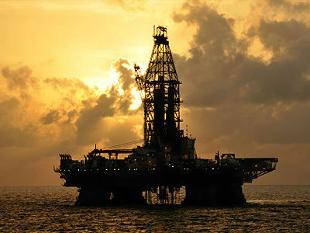
"This year, there has been 0.8-1% de-growth," Butola said at the 3rd World Energy Summit here. Improved power generation reduced use of generator sets, which resulted in lesser demand for diesel.
But, the bigger reason is the move to deregulate diesel rates through small monthly increases. "Small adjustments of 50 paise every month has brought some parity with cost," Butola said. Diesel rates have risen by a cumulative Rs 6.62 per litre since January, which has also lead to a drop in demand for diesel cars.
Diesel is India's most-consumed fuel, accounting for close to 45% of the demand of total petroleum products. Since 2003-2004, the demand for the main transportation fuel had been growing at a healthy rate of 6-8%.
Butola said petrol consumption had dropped when the fuel was deregulated in June 2010 but diesel continued to see rise in consumption as it was heavily subsidized, thereby discouraging people to use it optimally. Now petrol is at par with its cost of production but the current selling price of diesel is still Rs 9.99 a litre less than cost. "We believe that market forces need to be allowed to have proper inter-play (on demand and consumption)," he said.
While diesel sales dropped in the first seven months of the fiscal, petrol consumption rose by 10% to 9.1 million tonnes. But, overall fuel demand during the April-October period was largely unchanged at 90.6 million tonnes against 90.2 million tonnes in the same period last year.
Besides losing Rs 9.99 a litre on diesel, state-run fuel retailers are losing Rs 36.2 per litre on kerosene sold through ration shops and Rs 542.5 per cylinder of cooking gas.
The slowdown in economic growth could also be a factor in dampening demand. Growth slowed to a decade low of 5% in 2012-13 and is expected to be in the same territory in the current fiscal year as well. Industrial growth has also remained sluggish.








Comments
Add new comment